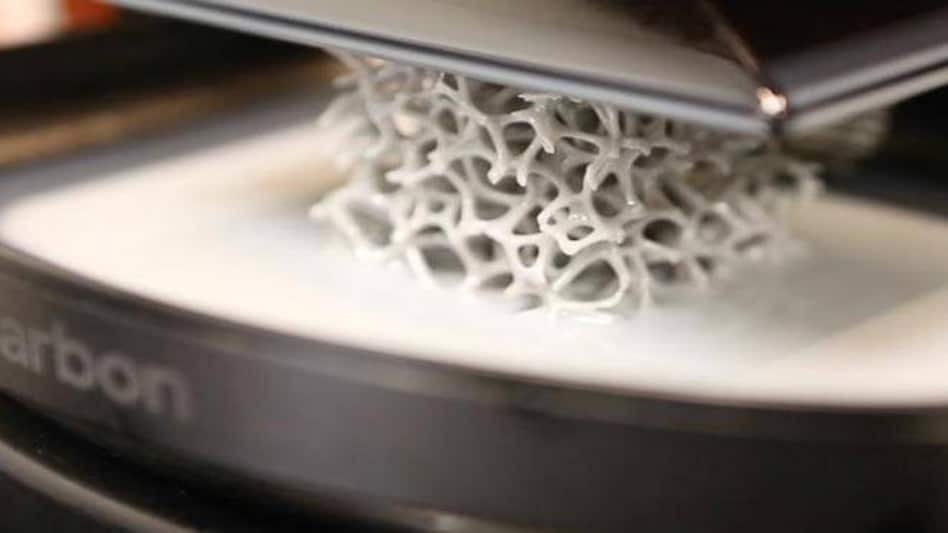

HP Inc., in January, launched 3D printers in India for the first time. 3D printers have been hyped as an "exponential technology" that is heralding the next wave of manufacturing and is often cited as a significant component of Industry 4.0. Overtime, it could help companies re-draw the manufacturing supply-chain. 3D printers enable 'additive manufacturing' - in traditional manufacturing components are carved out of metal sheets while in additive, 3D printers deposit layers after layers of plastic or metals to make a part. In the process, they use much less material (and men). Less material implies lower inventory and logistics costs.
Alexandre Lalumiere, Director, Asia Pacific & Japan 3D Printing, HP Inc. and Sumeer Chandra, Managing Director, HP Inc. India, spoke to Business Today about the company's strategy in India and what differentiates its machines. Here are the highlights:
1. Is HP Inc. late in the 3D printer game considering such printers were available in India since 2012 if not earlier? The executives think the timing is perfect considering customers now understand what 3D printing can do and what it can't do. "It is not a panacea that will replace all of the conventional manufacturing. It will compliment the current techniques of production." That's because 3D printers are good for complicated but low-volume applications; not necessarily mass production.
2. The executives stressed that they are bringing in a technology that can produce "truly functional parts", and one that does this "at a much higher speed and lower cost than the competition". What they mean is their printers can go beyond prototyping - the biggest use case in India today. There is proof the parts printed are good enough for production - HP Inc.'s 3D printers print their own parts. "There are 60 plastic custom parts that are printed by our printer. We did this where it made economic sense."
3. The output is plastic today and the input is powder-based. The printers apply a layer of powder and a layer of fusing agents to solidify the plastic part formed. This process allows the printers to make dense plastic with a strong bong. The executives further stated that the company has leveraged its traditional 2D printing technology, which now allows its 3D ones to deposit a higher amount of plastic over a wider area. That makes printing quicker.
4. HP Inc. wants to bring down the cost of material used by the printers. It has created an open material platform to increase the variety of material available through partnerships with chemical companies. "There are 50 of them working with us to develop materials. That drives scale into the market and will eventually drive down costs."
5. In India, the industries expected to adopt 3D printers are automobile, auto component makers, aerospace, defence, higher education institutions as well as research labs. Overtime, healthcare and jewelry appear promising as well.
For Unparalleled coverage of India's Businesses and Economy – Subscribe to Business Today Magazine